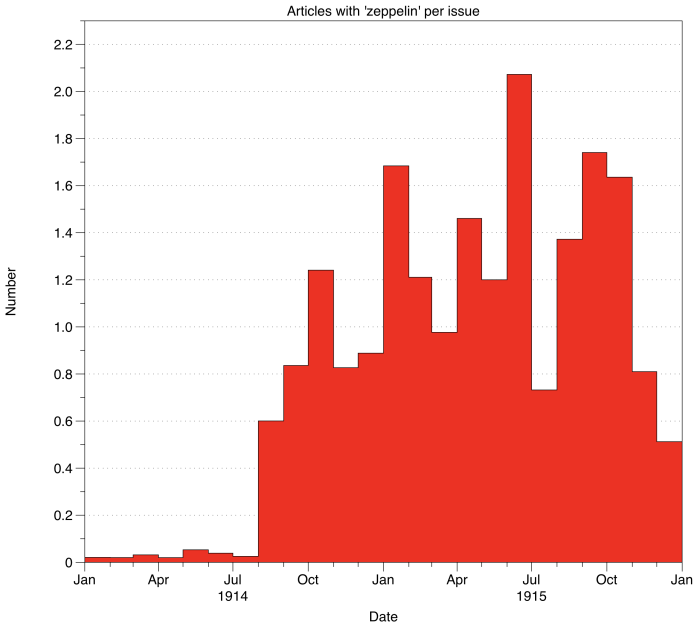Peter J. Dean, ed. Australia 1944-45: Victory in the Pacific. Port Melbourne: Cambridge University Press, 2016. Having devoured Australia 1942 and Australia 1943, I was disappointed when Australia 1944 didn't appear. This explains why! As with the previous volumes, this is an Australian perspective on the war, although there is a chapter on the Japanese Army in the areas facing the Australians. There's a cast of thousands (well, seventeen) in the 'Contributors' section, including Joan Beaumont, Rhys Crawley, Lachlan Grant, David Horner, Karl James, Michael McKernan, Michael Molkentin (branching out here – his topic is the home front rather than aviation), and Peter Stanley. There are chapters on POWs, jungle warfare, special operations and intelligence, as well as two on the end of the fighting in New Guinea and four on the controversial Borneo campaign. Once again the chapter on the RAAF seems somewhat out of tune with the rest of the book, but overall this looks like an excellent conclusion to an excellent series.
Frederick Taylor. Coventry: Thursday, 14 November 1940. London and New York: Bloomsbury, 2015. Taylor's Dresden (2004) is near-definitive, so I have high hopes for this. There's an interesting discussion of the question of whether Coventry (and other blitzes) led to a desire for reprisals on the part of the British public; although Tom Harrisson is misleading on this topic, and the opinion polls need careful interpretation, Taylor is probably right to conclude that reprisals were not uppermost in the minds of most people. Still, I think the Blitz spirit was not as stoicly passive as legend (or myth) has it.

